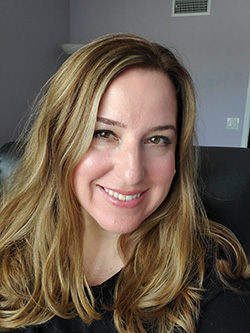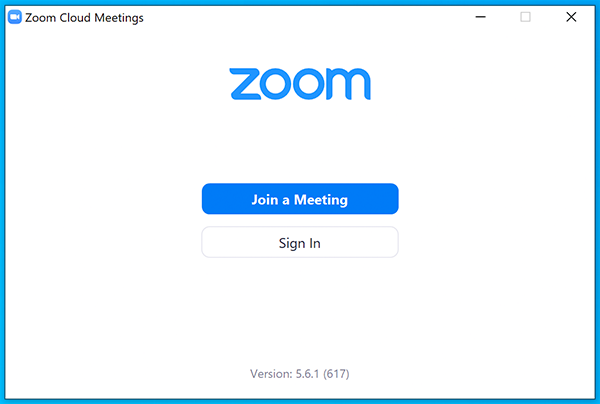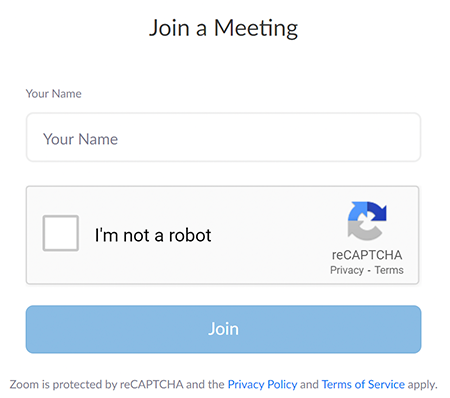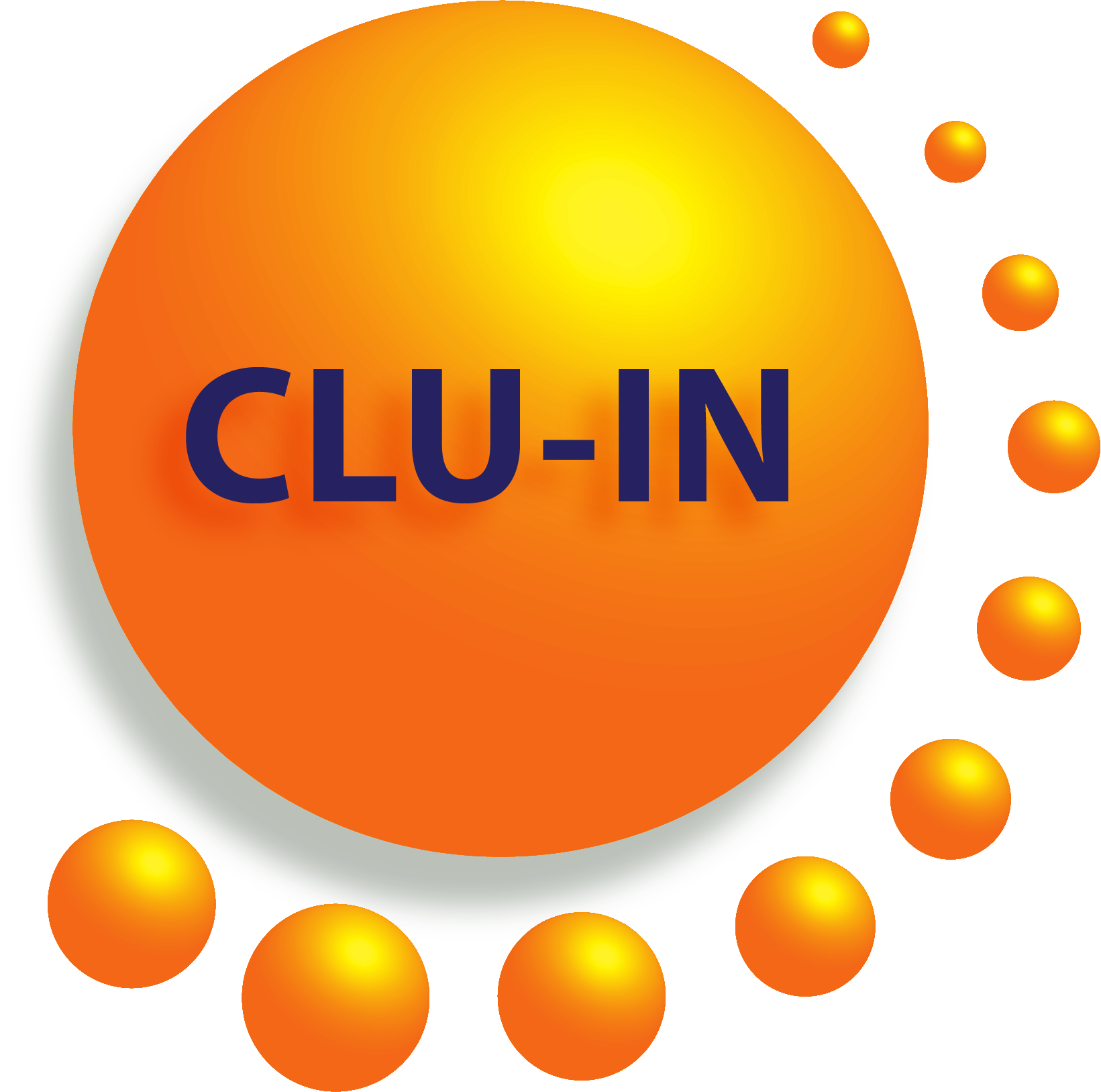ITRC: Reuse of Solid Mining Waste Training
Live Webinar: Thursday, March 12, 2026, 1:00PM-3:00PM EDT (17:00-19:00 GMT)
Sponsored by: Interstate Technology and Regulatory Council
Solid mining waste represents a significant quantity of waste material in the United States and around the world. Solid mining waste has a range of physical and chemical properties that make it both potentially valuable and potentially hazardous to human health and the environment. From a commercial perspective, mining removes most of the primary minerals of interest; however, waste materials can still contain valuable minerals and other materials that can be recovered. The different types of mining sites and potential wastes for reuse provide a significant challenge but also an opportunity for innovation.
Improvements in extraction and mineral processing technologies have occurred over time making it possible to recover minerals present in low concentrations. Interest in trace metals and rare earth elements (REEs) has increased, especially with the drive towards renewable energy sources increasing demand for key minerals required for solar panels and batteries. The reuse of solid mining waste can consist of reprocessing and repurposing the waste for resource recovery or a new application or product. This reuse serves as a solution to two significant needs:
- a domestic supply of minerals and materials for sustainable development and national defense purposes
- the reclamation and remediation of land to reduce risks to human and environmental health
The ITRC Reuse of Solid Mining Waste training and guidance document is geared towards state regulators and environmental consultants, mining and manufacturing stakeholders, community and tribal stakeholders, and other who have an interest in the potential reuse of solid mining waste.
The guidance and this associated training course includes:
- Mining wastes introduction
- Considerations for reusing mining waste: waste characterization, economic and market considerations, life cycle and risk assessment, regulatory considerations, & stakeholder considerations
- Potential applications for the reuse of solid mining waste: examples of construction, environmental, and industrial reuses
- Review of technologies used in mineral beneficiation and processing
Additionally, the guidance includes several case studies illustrating a range of current mining waste reuse scenarios. Prior to attending the training class, participants are encouraged to view the associated ITRC Reuse of Solid Mining Waste document.
 Nick Anton, CDM Smith (AntonNR@cdmsmith.com)
Nick Anton, CDM Smith (AntonNR@cdmsmith.com)
Nick Anton, PE has been with CDM Smith for 20 years working in the remediation industry. He specializes in groundwater, surface water, soil remediation, with a focus on the storage and treatment of mining influenced water (MIW) and remediation of mine waste materials associated with active and abandoned mines. His experience ranges from designing and conducting environmental sampling investigations, to assessment of data and reporting, passive MIW treatability studies, MIW treatment and solid mine waste remediation designs, remediation construction oversight, and operations and maintenance. He has an BS in chemical engineering from Michigan Technological University and an MS in environmental engineering from the New Mexico Institute of Mining and Technology.
 Samantha Fuchs, Geosyntec (Samantha.Fuchs@Geosyntec.com)
Samantha Fuchs, Geosyntec (Samantha.Fuchs@Geosyntec.com)
Dr. Samantha Fuchs is a Professional from Geosyntec Consultants specializing in groundwater geochemistry evaluation and compliance. While based in Columbia, Maryland, she manages sites in the West Coast, Gulf Coast, Midwest, and Mid-Atlantic. Her expertise is in water and environmental resource engineering with experience in subsurface flow and reactivity, environmental waste assessment and management, regulatory permitting, carbon capture and storage, and quantitative analysis and modeling.
 Matt McCaughey, Arcadis (Matthew.McCaughey@arcadis.com)
Matt McCaughey, Arcadis (Matthew.McCaughey@arcadis.com)
Matthew (Matt) McCaughey is a Principal Geologist and Environmental Restoration Solution Leader for Arcadis, who lives in Annapolis, Maryland.
He has over 25 years of work experience with a Bachelor of Science degree in Geology from the University of Delaware and a Master of Science degree in Environmental Science and Policy from Johns Hopkins University. He is a licensed Professional Geologist in Pennsylvania.
Wayne Miller, Arizona Department of Environmental Quality (miller.wayne@azdeq.gov)
 Nicole Osuch, Arizona Department of Environmental Quality (osuch.nichole@azdeq.gov)
Nicole Osuch, Arizona Department of Environmental Quality (osuch.nichole@azdeq.gov)
Nichole Osuch is an Associate Environmental Scientist for the Arizona Department of Environmental Quality with 25 years of experience. She works in the Voluntary Remediation Program that accepts all types of sites with various contaminants to remediate soil and groundwater contamination. Nichole was previously a member of the QUEST team which created an interactive web tool to organize the entire library of ITRC documents and enable users to easily locate documents within the library. She has a Bachelor of Science degree in Environmental Science from the University of Arizona and a Project Management Professional certification.
Moderator:
ITRC Training Program (itrc@itrcweb.org)
Webinar Slides and References:
Additional Resources:
- ITRC. 2010. "Mining Waste Treatment Technology Selection." Washington, DC: Interstate Technology and Regulatory Council.
- ITRC Reuse of Solid Mining Waste
Thank you for participating in our webinar. We would like to receive any feedback you might have that would make this service more valuable.
Help & FAQs
- Frequently Asked Questions
- Content Questions?
Call ITRC Training Program at 202-266-4932 or itrc@itrcweb.org - Technical Problems?
Leave us a comment - Cancel Your Registration
- My Participation Records
- CEU Credits and PDHs
Zoom Resources
Before Webinar Day
This seminar will be delivered through Zoom. Participants are encouraged to update to the latest version of the Zoom application for the best experience.
If you are unable to install the Zoom application, most functions will be available if you join just using a modern web browser such as Chrome, Edge or Firefox. We strongly encourage you to run the Zoom Meeting Test prior to attending this webinar. Technical support on the day of the webinar will be very limited and subject to significant delays.
Backup Conference Call
If you cannot participate using online audio, you may join the optional call in line. After checking in for the live event using the instructions listed below, you will see several options to participate. Please click the links in option 4 to follow along by phone and obtain the call in number. If you cannot access the phone number, you may request the call in line from the event moderator in the Q&A or send an email to Jean Balent at balent.jean@epa.gov
Click on "Join Webinar" at the top of this screen, enter your exact first and last name as you registered and enter the number of people attending at your location (including yourself). You should then be taken to the Zoom meeting room. Join with Zoom Application: For those joining with the Zoom application, you may be prompted to sign with a zoom account or join as a guest without signing in.
If joining as a guest, you will be prompted to enter your name and email address. Remember your name, image, video or voice may be visible to others in the live event. When done, click "Join" When it is time for the live event to start, the meeting host will admit you to the live Zoom meeting. Join via web browser (without the Zoom Application): For those joining with a web browser, you may close any pop ups prompting you to download the Zoom app. The next window will allow you to enter your name (first name and last name) and check the box that you are not a robot. Click the blue join button. You may also be asked to provide your email address before joining the room. Remember your name, image, video or voice may be visible to others in the live event. When done, click "Join" When it is time for the live event to start, the meeting host will admit you to the live Zoom meeting. You may need to periodically refresh the browser window to confirm if the host has admitted you. The presenters will control what slide you are viewing. You may submit questions online for the instructors to answer during the webinar by typing in the "Q&A" area. It is not necessary to wait until the question and answer periods to submit questions. At the end of the webinar you will be guided to our feedback form and links to additional resources, including the complete presentation. These links will remain active after the webinar. Provided for your convenience. Importing or accepting the invitation within this iCalendar file is not required, and declining the invitation does not cancel your registration. For additional information on iCalendar, please see our
iCalendar Help It is EPA's policy to make reasonable accommodation to persons with disabilities wishing to participate in the agency's programs and activities, pursuant to the Rehabilitation Act of 1973, 29 U.S.C. 791. Any request for accommodation should be made to ITRC Training Program at 202-266-4932 or itrc@itrcweb.org, preferably one week or more in advance of the seminar, so that EPA will have sufficient time to process the request. EPA would welcome specific recommendations from requestors specifying the nature or type of accommodation needed. EPA welcomes specific recommendations from requestors specifying the nature or type of accommodation needed. Please note that CLU-IN provides both alternate phone call-in options and closed captioning for all webinars, and requests for these specific accommodations are not necessary.
Webinar Day, Checking In



Moving Through Slides
Feedback & Links to Additional Resources
iCalendar File
Rehabilitation Act Notice for Reasonable Accommodation
Rehabilitation Act Notice for Reasonable Accommodation
It is EPA's policy to make reasonable accommodation to persons with disabilities wishing to participate in the agency's programs and activities, pursuant to the Rehabilitation Act of 1973, 29 U.S.C. 791. Any request for accommodation should be made to ITRC Training Program at 202-266-4932 or itrc@itrcweb.org, preferably one week or more in advance of the webinar, so that EPA will have sufficient time to process the request. EPA would welcome specific recommendations from requestors specifying the nature or type of accommodation needed. EPA welcomes specific recommendations from requestors specifying the nature or type of accommodation needed. Please note that CLU-IN provides both alternate phone call-in options and closed captioning for all webinars, and requests for these specific accommodations are not necessary.
Webinar Recording
By participating in this CLU-IN webinar, you automatically agree to authorize recording of audio and visual content presented during this live event and consent to subsequent use of this recording in the public domain by the U.S. Environmental Protection Agency. This recording may include questions, comments and poll responses provided by you during the live event in addition to your name, voice, image or likeness. This recording will be made available after the conclusion of the live event as part of the CLU-IN webinar archives, and will remain available indefinitely. If you do not wish to consent to the recording, please do not join the live event, and contact Jean Balent at 202-566-0832 or balent.jean@epa.gov to discuss your concerns.
Content Disclaimer
This webinar is intended solely to provide information to the public. The views and opinions expressed as part of this webinar do not necessarily state or reflect those of the U.S. Environmental Protection Agency. It is not intended, nor can it be relied upon, to create any rights enforceable by any party in litigation with the United States, or to endorse the use of products or services provided by specific vendors. With respect to this webinar, neither the United States Government nor any of their employees, makes any warranty, express or implied, including the warranties of merchantability and fitness for a particular purpose, or assumes any legal liability or responsibility for the accuracy, completeness, or usefulness of any information, apparatus, product, or process disclosed, or represents that its use would not infringe privately owned rights.

